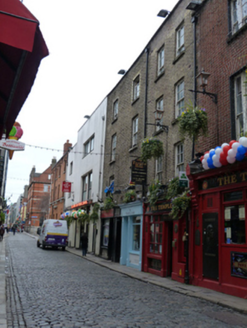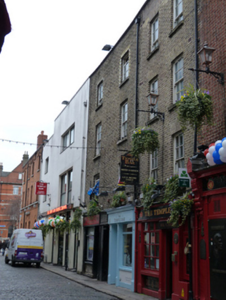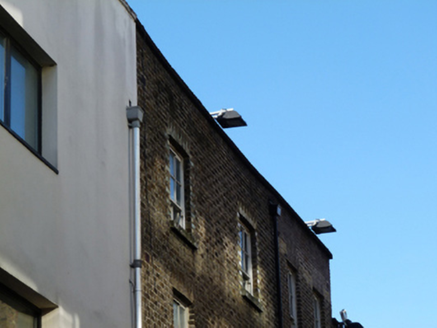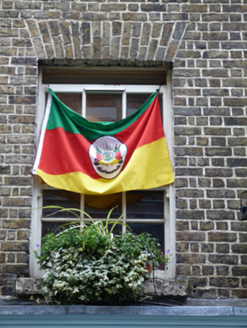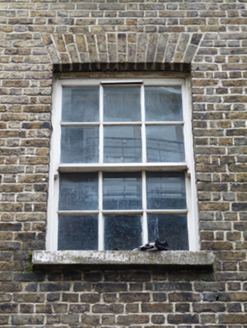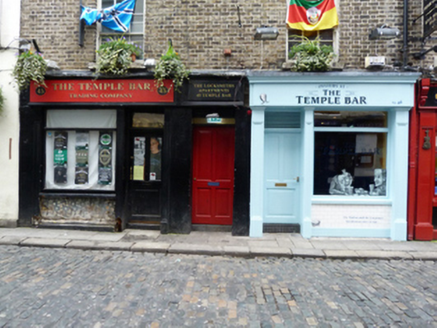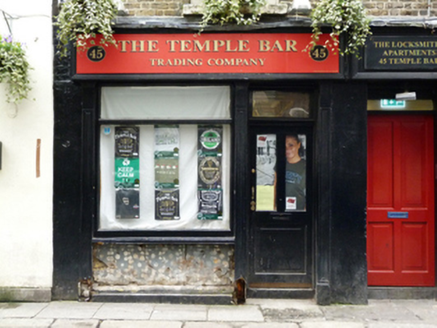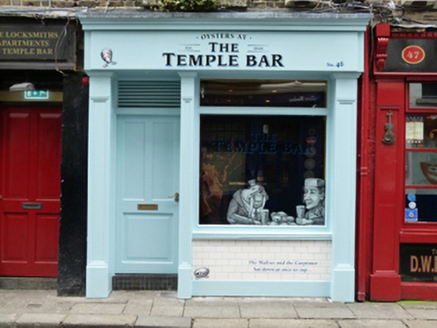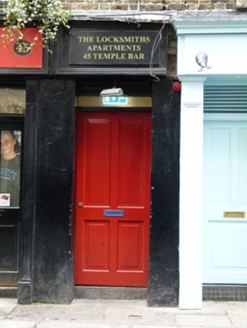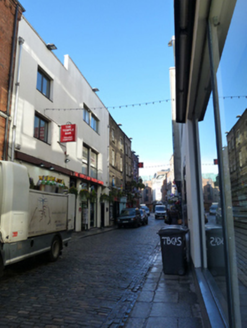Survey Data
Reg No
50020112
Rating
Regional
Categories of Special Interest
Architectural, Artistic, Social
Original Use
House
In Use As
Shop/retail outlet
Date
1870 - 1890
Coordinates
315668, 234184
Date Recorded
17/02/2015
Date Updated
--/--/--
Description
Attached two-bay four-storey former house, built c.1880, with recent shopfronts to front (north) elevation. Now in use as public house, apartments and shop. Pitched roof hidden behind brick parapet with granite coping having some cast-iron rainwater goods. Yellow brick walls, laid in Flemish bond. Square-headed openings with granite sills, six-over-six pane and six-over-three pane timber sliding sash windows. Paired shopfronts, comprising timber panelled pilasters supporting plain timber fascias, having moulded console bracket to cornice to east. Square-headed display window openings having timber casement windows and carved timber sills. Square-headed door openings with half-glazed timber panelled door having plain overlight and timber panelled doors. Granite paving to front. Located on south side of Temple Bar.
Appraisal
Commercial directories record T. Murray, a nail maker, here in the mid-nineteenth century but by the late nineteenth century this building and neighbouring buildings were in use as tenements, which may subsequently have been rebuilt. It maintains the parapet height and fenestration alignment of the building to the west, creating a sense of continuity in the streetscape. The retention of historic brickwork and timber sliding sash windows adds visual interest to the façade. Temple Bar is named after Sir William Temple and his son Sir John Temple who acquired the land between the River Liffey and Dame Street in the seventeenth century. The area was fully reclaimed and developed by the early eighteenth century and became a mixed residential and commercial quarter.
